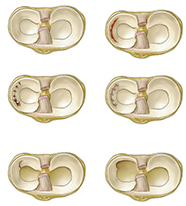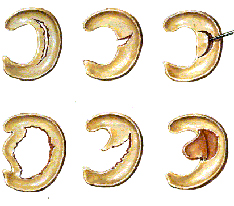MENISCAL INJURIES
Each knee joint has two crescent-shaped cartilage menisci. These lie on the medial (inner) and lateral (outer) edges of the upper surface of the tibia (shin bone). They are essential components, acting as shock absorbers for the knee as well as allowing for correct weight distribution between the tibia and the femur.
Cartilage (meniscal) tears usually occur as a result of a twisting injury, such as when the knee is overloaded during a sporting activity. However, they can occur in non-sporting activities when the knee is twisted and wrongly loaded, such as when getting in and out of a car.
A cartilage (meniscus) tear) can produce sudden onset of knee pain and swelling can occur over the subsequent 24 hours. If there is a large tear, the fragment of loose tissue can block movement of the knee and cause the knee to lock. The appropriate treatment for a meniscal tear is an arthroscopy, where a telescope is inserted into the knee joint and the meniscus is repaired or cut away if it is too damaged to repair.


